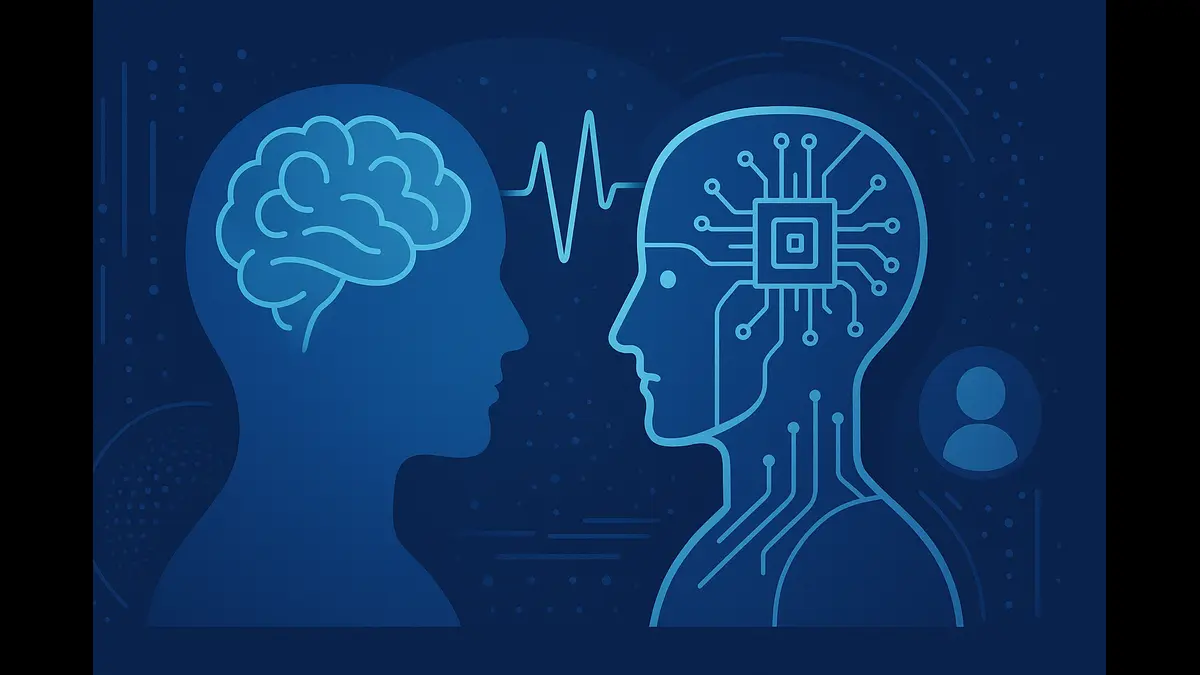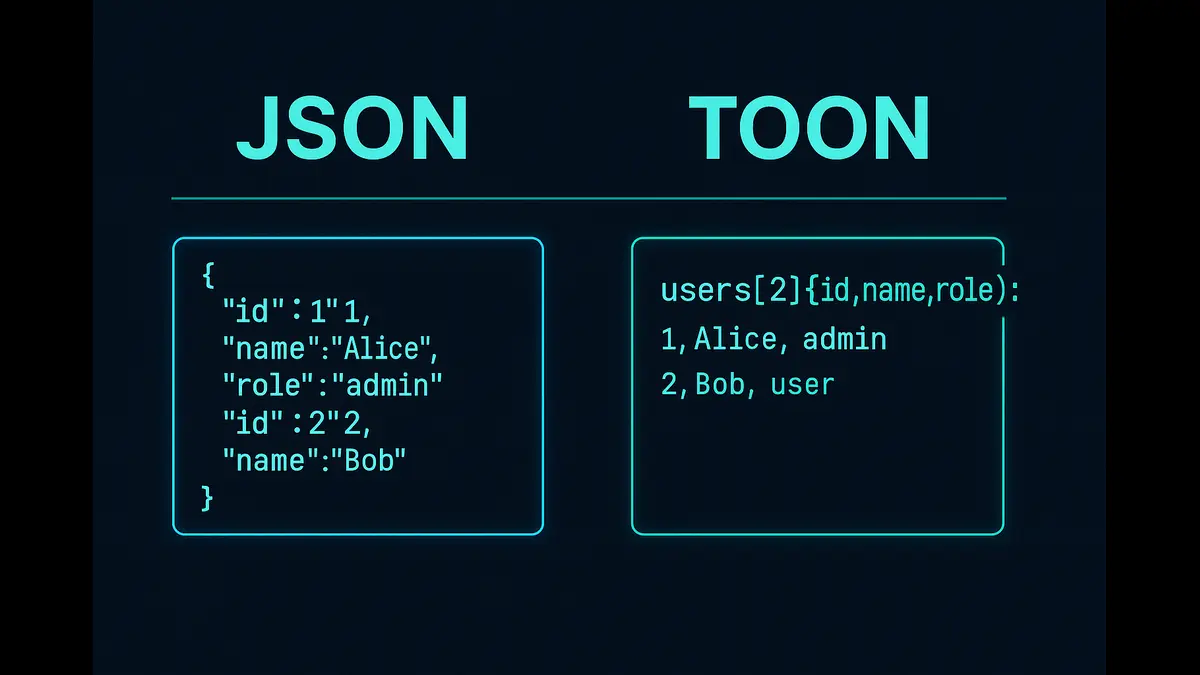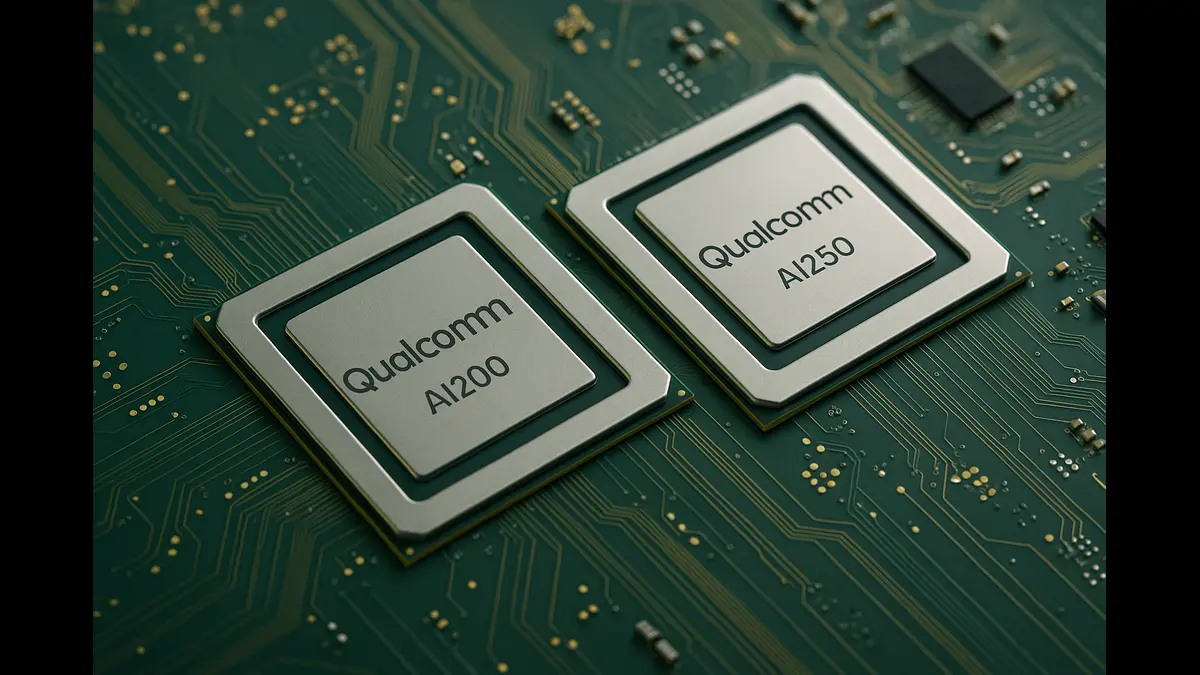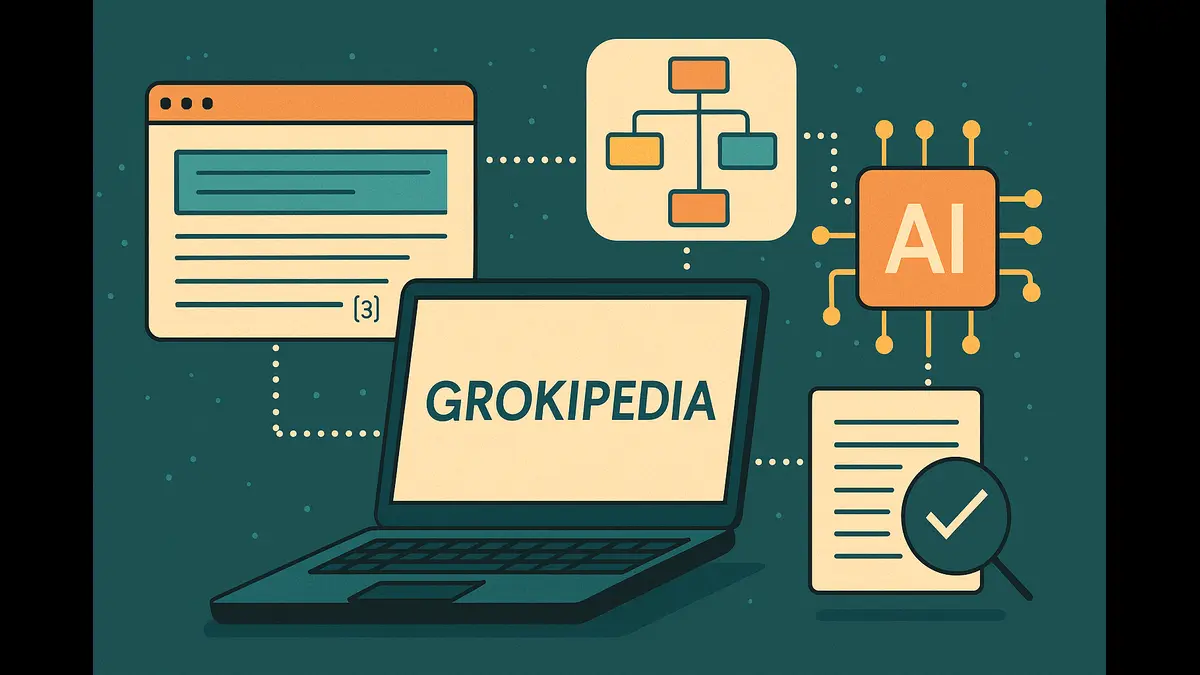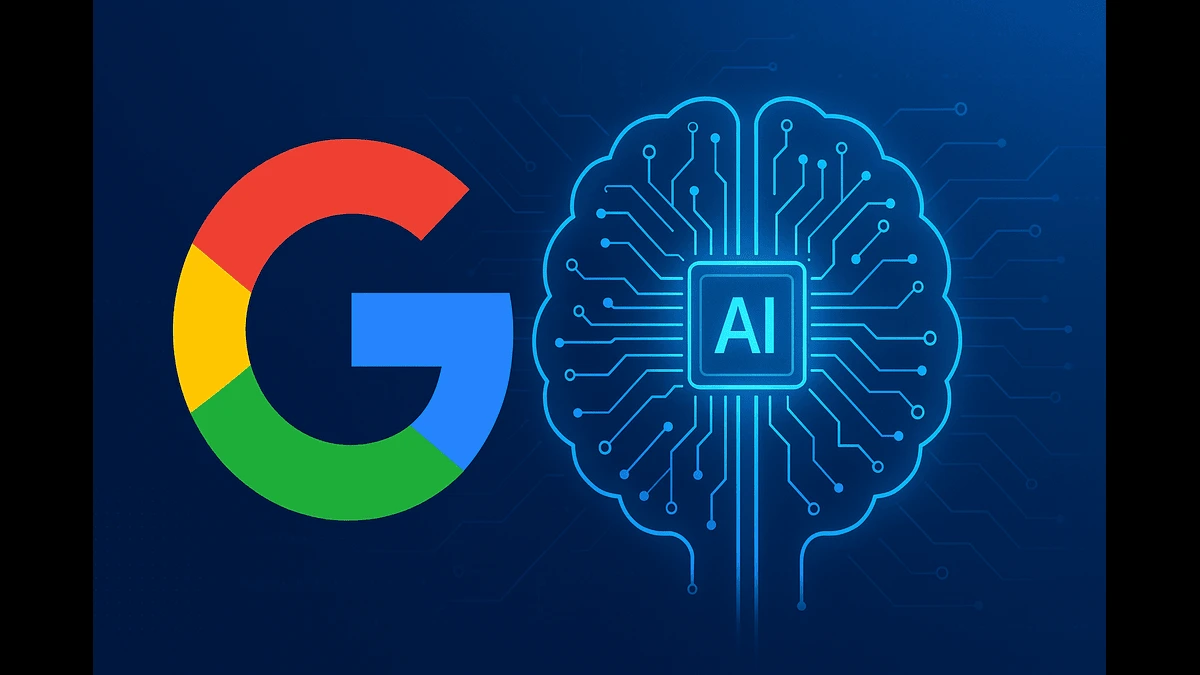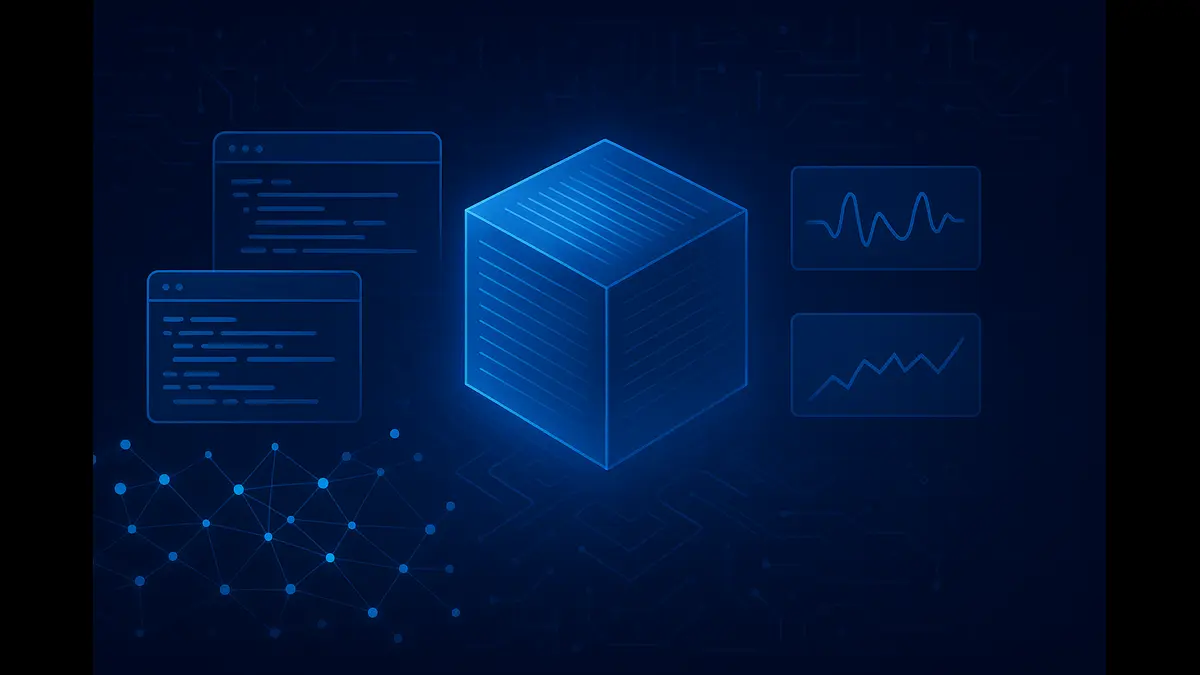
Anthropic’s Claude Sonnet 4.5 sets new AI benchmarks in coding, reasoning, and computer interaction, redefining safety and agent development worldwide.
In the rapidly evolving landscape of artificial intelligence, Anthropic’s Claude Sonnet 4.5 emerges as a transformative force, redefining the capabilities of AI in coding, agent development, computer interaction, and complex reasoning. Positioned as the world’s leading coding model, Claude Sonnet 4.5 excels in building sophisticated agents, navigating real-world computer tasks, and delivering substantial advancements in reasoning and mathematical proficiency. This release, accompanied by significant enhancements to Anthropic’s product suite, empowers developers, researchers, and professionals across industries to tackle intricate challenges with unprecedented efficiency. Below, we explore the technical innovations, enhanced features, and human-centered design that make Claude Sonnet 4.5 a pivotal advancement in AI technology.
Unparalleled Capabilities in AI Performance
Claude Sonnet 4.5 represents a significant leap forward, establishing new benchmarks in multiple domains. On the SWE-bench Verified evaluation, a rigorous assessment of real-world software development skills, the model achieves a remarkable 77.2% score (averaged over 10 trials with a 200K thinking budget). In high-compute scenarios, leveraging advanced rejection sampling, it reaches an impressive 82.0%, surpassing its predecessor, Claude Sonnet 4, and competing models. This capability enables Claude Sonnet 4.5 to maintain focus on complex, multi-step coding tasks for over 30 hours, offering reliability akin to seasoned software engineers.
Beyond coding, Claude Sonnet 4.5 excels in real-world computer interaction. On the OSWorld benchmark, which evaluates AI performance in tasks such as web navigation and spreadsheet management, it achieves a leading 61.4% score, a substantial improvement over Claude Sonnet 4’s 42.2% from just four months prior. This performance powers practical applications, such as the Claude for Chrome extension, now available to Max subscribers who joined the waitlist in September 2025, enabling seamless browser-based task automation.
The model also demonstrates superior reasoning and mathematical capabilities. It outperforms previous iterations on benchmarks like AIME (utilizing 64K reasoning tokens) and MMMLU (averaged across 14 non-English languages with up to 128K tokens). Experts in finance, law, medicine, and STEM report that Claude Sonnet 4.5 delivers significantly enhanced domain-specific knowledge compared to Claude Opus 4.1, making it an indispensable tool for professionals across diverse fields.
Enhanced Tools for Developers and Enterprises
Anthropic has bolstered its ecosystem with a suite of upgrades designed to maximize productivity. For developers, Claude Code introduces checkpoints, a highly requested feature that allows users to save progress and revert to previous states instantly, streamlining iterative development. The terminal interface has been refined for improved usability, and a new VS Code extension integrates Claude’s capabilities directly into a widely used development environment.
The Claude Agent SDK marks a significant milestone for agent development. This robust toolkit, built on the same infrastructure that powers Claude Code, addresses critical challenges such as memory management for long-running tasks, balancing agent autonomy with user oversight, and coordinating subagents for complex objectives. Available to all developers, the SDK enables the creation of tailored AI solutions, from coding assistants to enterprise automation systems.
The Claude API has been enhanced with context editing and memory tools, allowing agents to manage extended tasks with greater complexity, maintaining context over prolonged workflows. Additionally, Claude apps now support code execution and file creation (including spreadsheets, slides, and documents) directly within conversations, simplifying integration into daily operations.
Commitment to Safety and Alignment
Claude Sonnet 4.5 is Anthropic’s most aligned frontier model to date, reflecting a steadfast commitment to safety and ethical AI development. According to the Claude Sonnet 4.5 system card, the model exhibits reduced instances of undesirable behaviors, such as sycophancy, deception, power-seeking, and encouragement of delusional thinking, as measured by automated behavioral audits. This improvement stems from Anthropic’s rigorous safety training protocols.
For agentic and computer-use functionalities, Anthropic has strengthened defenses against prompt injection attacks, a critical consideration for secure AI deployment. Operating under AI Safety Level 3 (ASL-3) protections, the model employs classifiers to detect potentially harmful inputs and outputs, particularly those related to chemical, biological, radiological, and nuclear (CBRN) risks. While these classifiers may occasionally flag benign content, Anthropic has reduced false positives by a factor of ten since their initial implementation and a factor of two since Claude Opus 4’s release in May 2025. Enterprises in cybersecurity and biological research can collaborate with their account teams to access an allowlist, minimizing disruptions.
This focus on alignment ensures that Claude Sonnet 4.5 is not only powerful but also a reliable and trustworthy partner for professional applications.
Imagine with Claude: A Vision of Possibility
To demonstrate Claude Sonnet 4.5’s potential, Anthropic has launched a temporary research preview, Imagine with Claude, available to Max subscribers until October 6, 2025, at claude.ai/imagine. This feature allows Claude to generate software dynamically, responding to user inputs in real time without predefined code or functionality. It serves as an engaging showcase of the model’s adaptability and creative problem-solving, offering a glimpse into the future of AI-driven development.
Technical Deep Dive: Performance and Artifacts
Claude Sonnet 4.5’s exceptional performance is underpinned by rigorous methodologies and enhanced technical artifacts. On SWE-bench Verified, Anthropic employed a streamlined scaffold with bash and file editing via string replacements, achieving a 77.2% score with a 200K thinking budget. A 1M context configuration yields 78.2%, though the 200K result is reported as primary due to recent inference challenges. In high-compute scenarios, rejection sampling and an internal scoring model boost performance to 82.0%.
For Terminal-Bench, scores were averaged across multiple runs using the Terminus 2 framework with an XML parser for consistency. On τ2-bench, prompt optimizations addressed failure modes in airline and telecom agent scenarios. The AIME benchmark utilized 64K reasoning tokens at a temperature of 1.0, while MMMLU scores were averaged over 14 non-English languages with up to 128K tokens.
The following table provides a detailed comparison of Claude Sonnet 4.5’s technical artifacts and performance metrics against its predecessor and other leading models, ensuring a factual and comprehensive overview:
Feature/Artifact | Claude Sonnet 4.5 | Claude Sonnet 4 | Other Frontier Models (e.g., GPT-5, Gemini) |
|---|---|---|---|
SWE-bench Verified Score | 77.2% (200K context, 10 trials); 82.0% (high-compute) | ~60% (estimated) | GPT-5: ~75% (n=500); Gemini: ~70% (public leaderboard) |
OSWorld Score | 61.4% (100 max steps, 4 runs) | 42.2% | GPT-5: ~55%; Gemini: ~50% (public leaderboard) |
AIME Score | Enhanced with 64K reasoning tokens | Moderate performance | GPT-5: Competitive; Gemini: Slightly lower |
MMMLU Score | Superior across 14 non-English languages (128K tokens) | Baseline performance | GPT-5: Strong; Gemini: Comparable |
Claude Agent SDK | Comprehensive infrastructure for memory, autonomy, subagent coordination | Not available | Limited or proprietary equivalents |
Claude Code Features | Checkpoints, updated terminal, VS Code extension | Basic terminal, no checkpoints | Varies; often lack integrated checkpoints |
API Enhancements | Context editing, memory tools for extended tasks | Basic context handling | Varies; often limited to shorter contexts |
Safety/Alignment | ASL-3, 10x reduction in false positives overall, 2x since Opus 4 | ASL-2, higher false positives | Varies; less transparent alignment metrics |
Prompt Injection Defense | Advanced protection for agentic tasks | Basic protection | Varies; often weaker defenses |
Note: Scores for other models are sourced from public leaderboards, Anthropic’s documentation, GPT-5’s system card, and Gemini’s model page, ensuring accuracy and avoiding speculation.
This comparison underscores Claude Sonnet 4.5’s leadership in coding, computer interaction, and safety, with its developer tools providing unmatched flexibility.
The Significance of Claude Sonnet 4.5
In an era where software underpins critical operations—from mobile applications to enterprise analytics—Claude Sonnet 4.5 delivers transformative value. Its ability to address complex challenges, automate sophisticated tasks, and maintain focus over extended periods positions it as a vital asset for developers, researchers, and industry professionals. The Claude Agent SDK empowers organizations to build custom AI solutions, while robust alignment ensures ethical and secure performance.
Priced at $3/$15 per million tokens, consistent with Claude Sonnet 4, Claude Sonnet 4.5 is accessible via the claude-sonnet-4-5 API identifier. It serves as a seamless upgrade across Claude apps, the API, and Claude Code. Developers gain access to the Claude Developer Platform and Agent SDK, while paid Claude app plans include code execution and file creation capabilities.
Claude Sonnet 4.5 is available globally as of October 1, 2025. Developers can integrate it via the Claude API, while users can leverage its capabilities through Claude Code, Claude apps, or the Chrome extension. For detailed technical insights, refer to Anthropic’s system card, model page, and documentation at anthropic.com. Max subscribers are encouraged to explore the Imagine with Claude preview before its closure on October 6, 2025.
Claude Sonnet 4.5 transcends traditional AI boundaries, offering not only technical excellence but also a commitment to empowering users responsibly. Whether developing innovative software or streamlining enterprise workflows, this model is poised to accelerate progress and redefine what’s possible with AI.
Discover more from Poniak Times
Subscribe to get the latest posts sent to your email.

